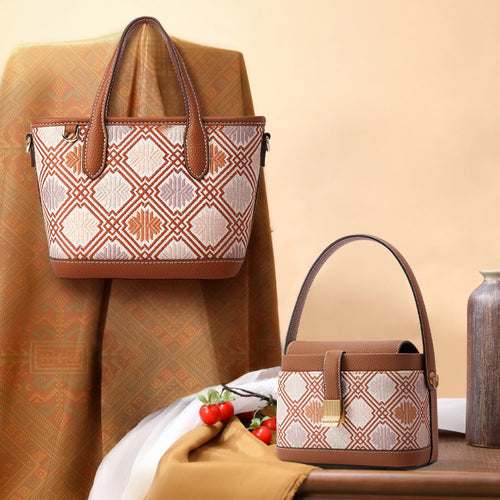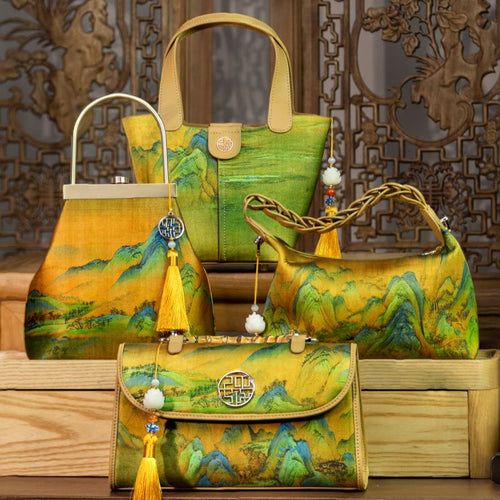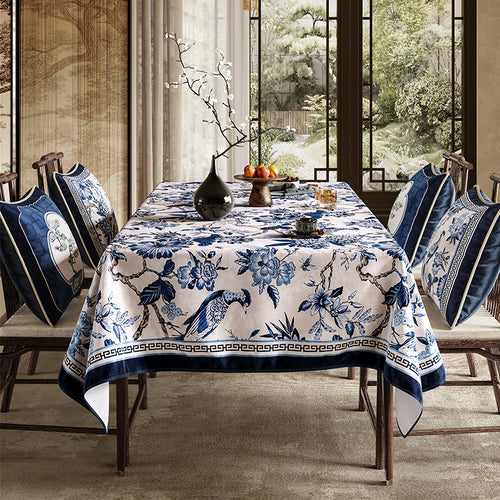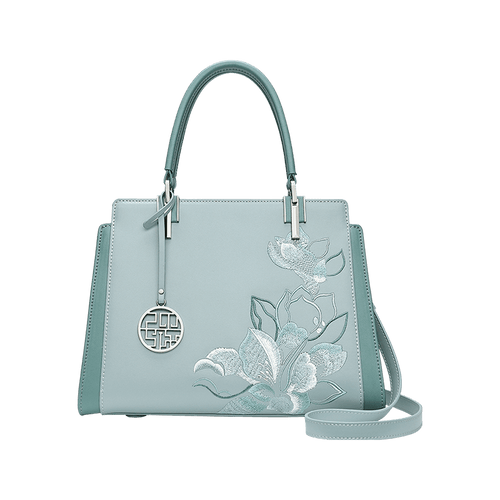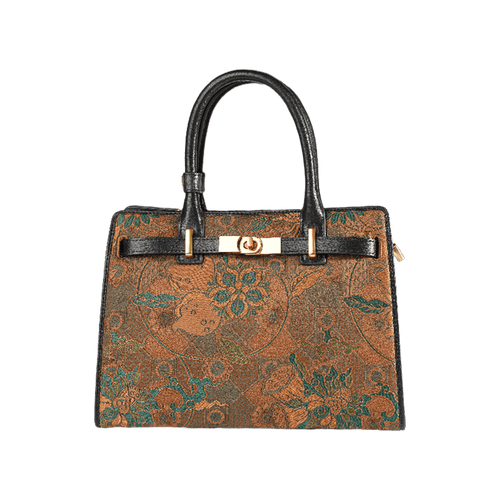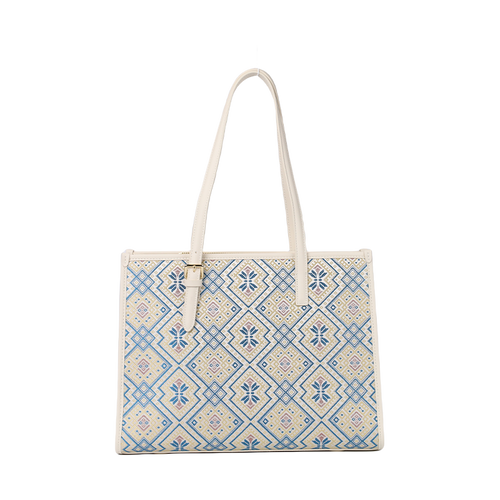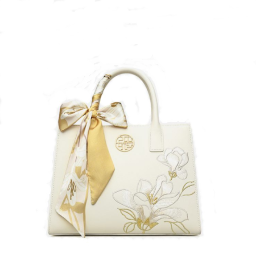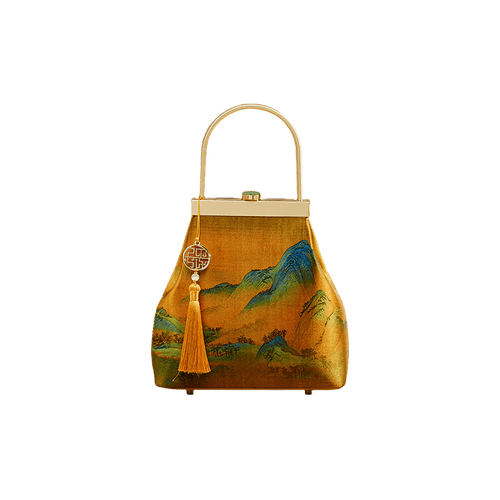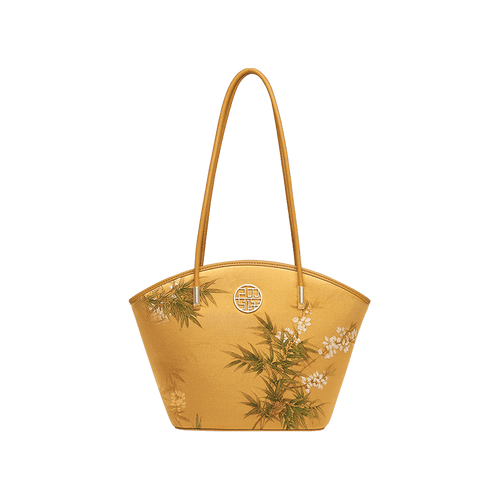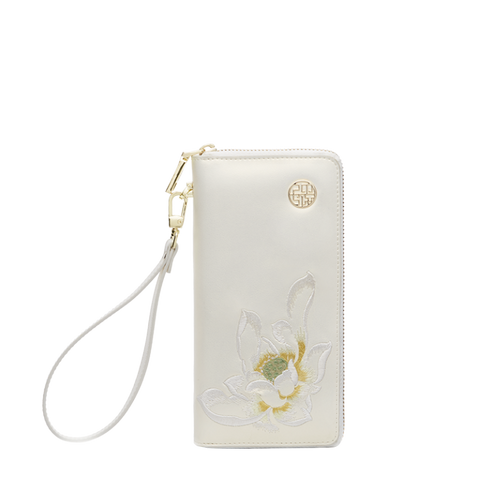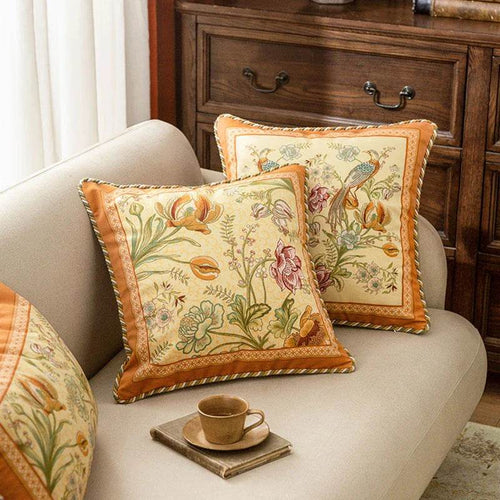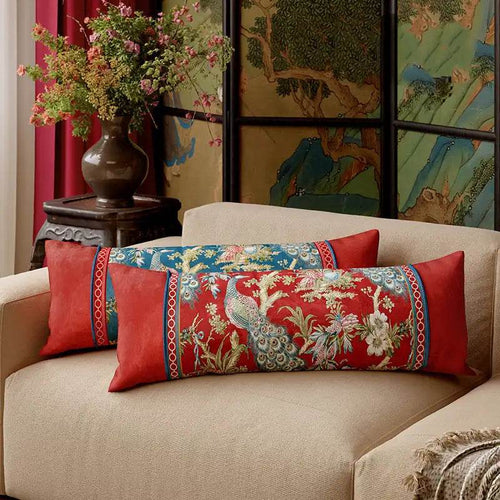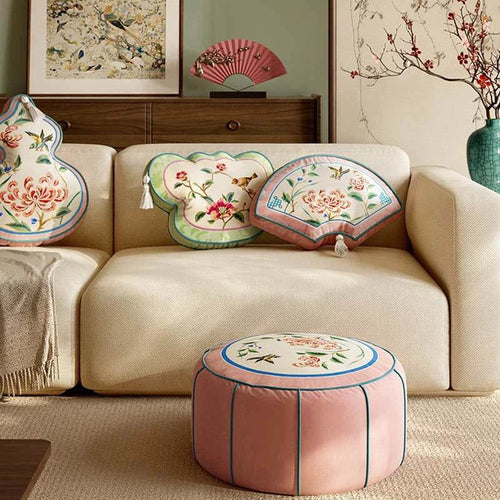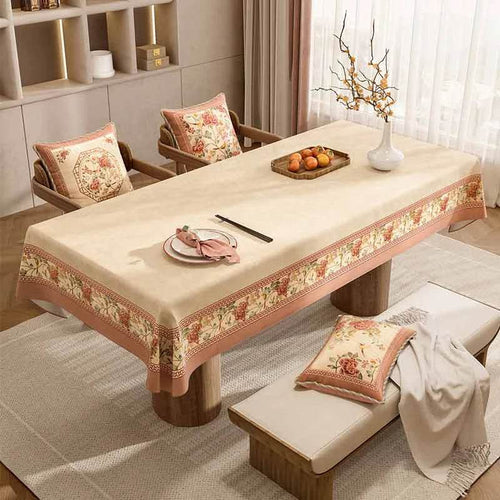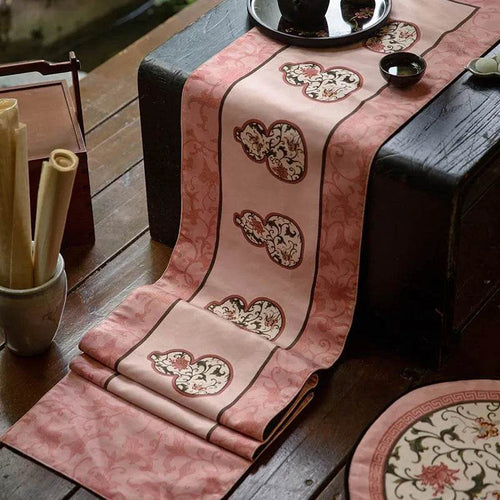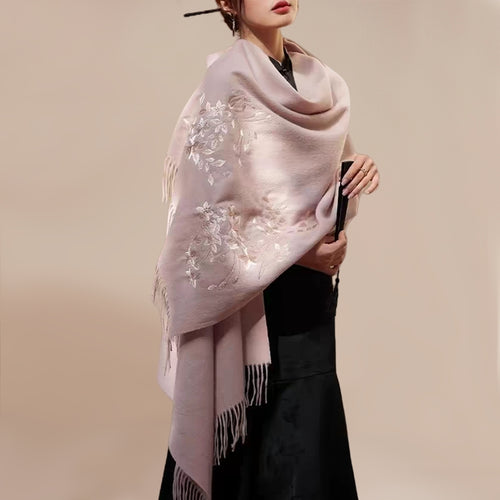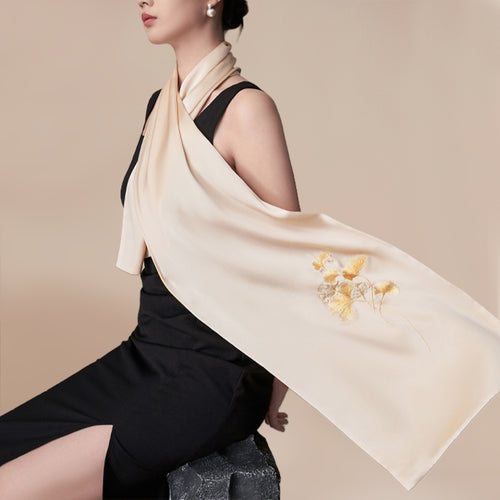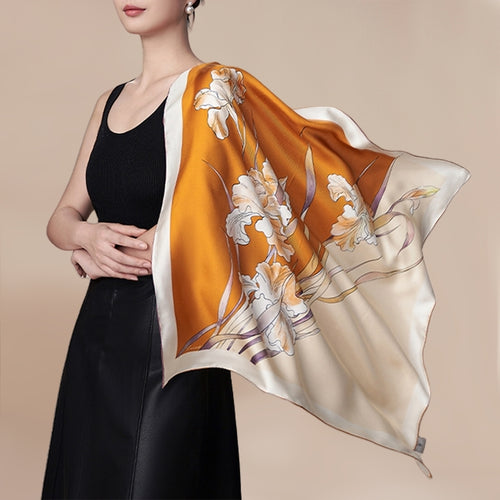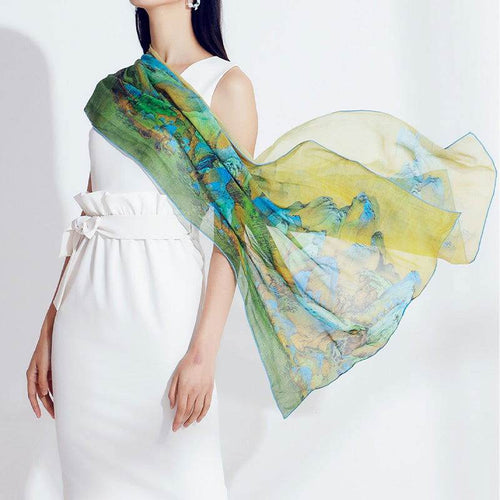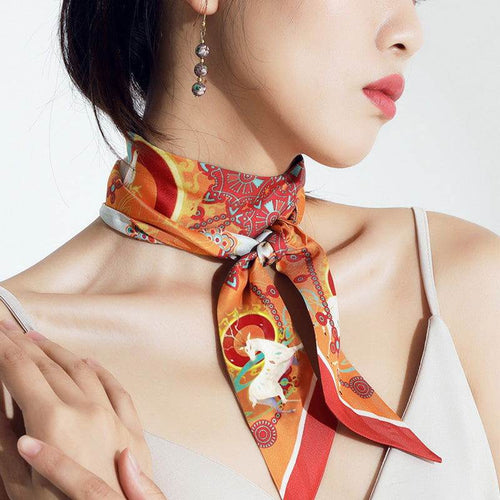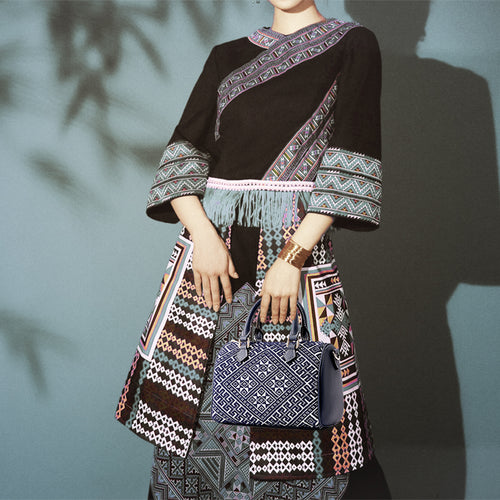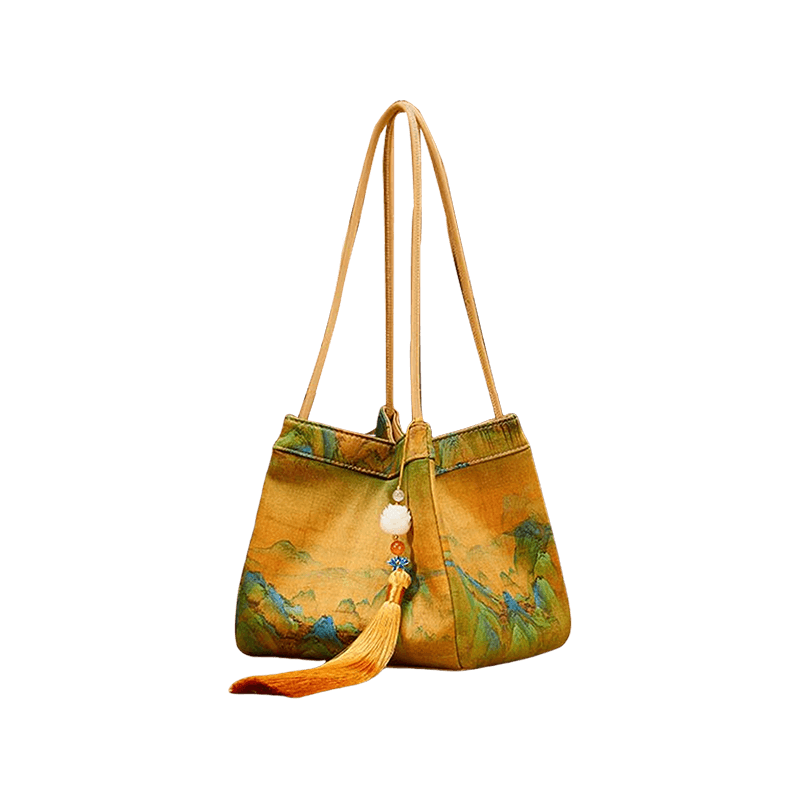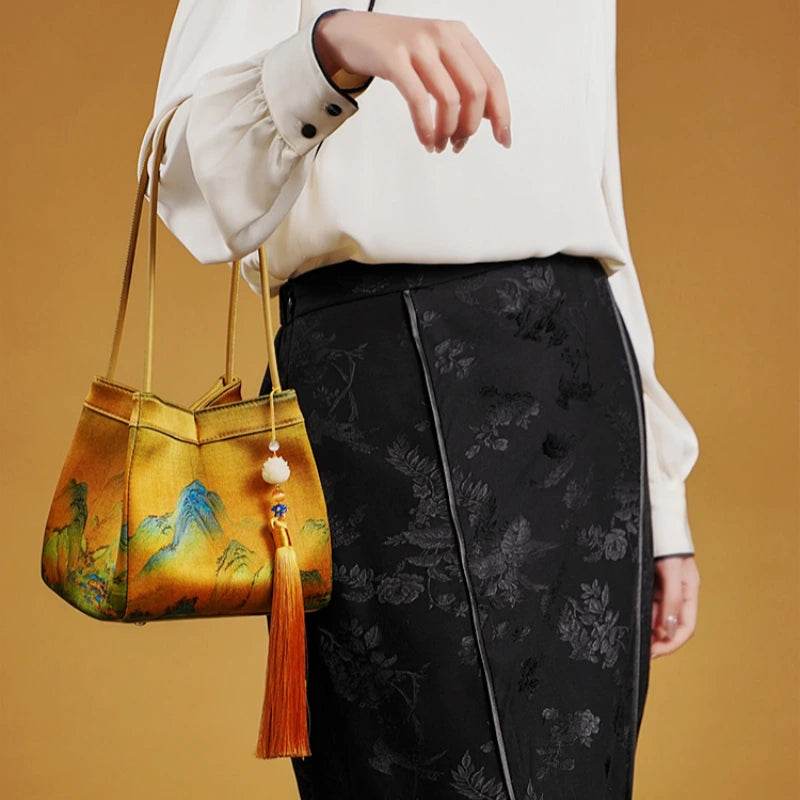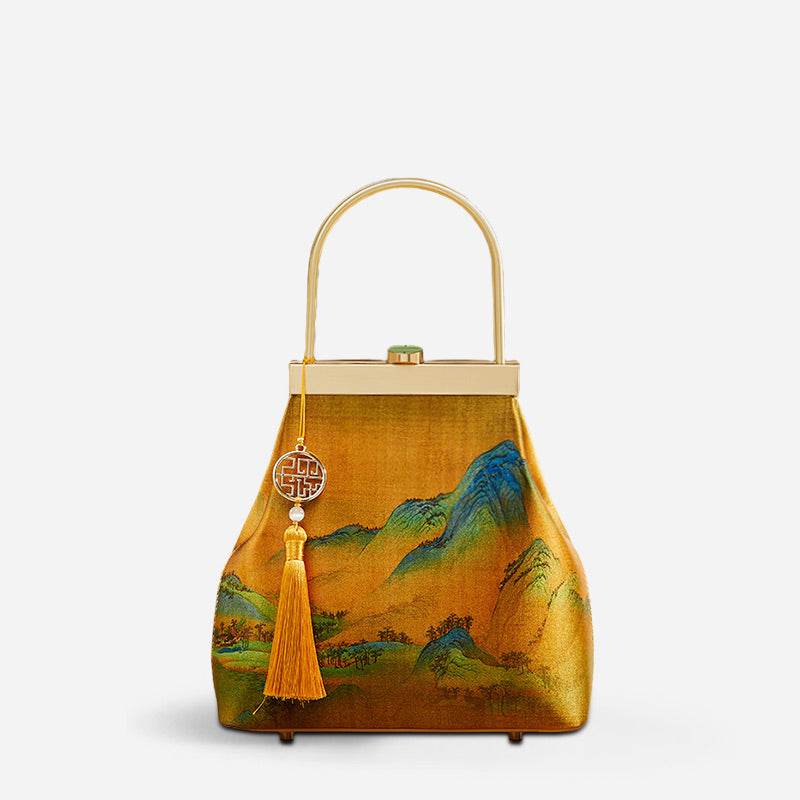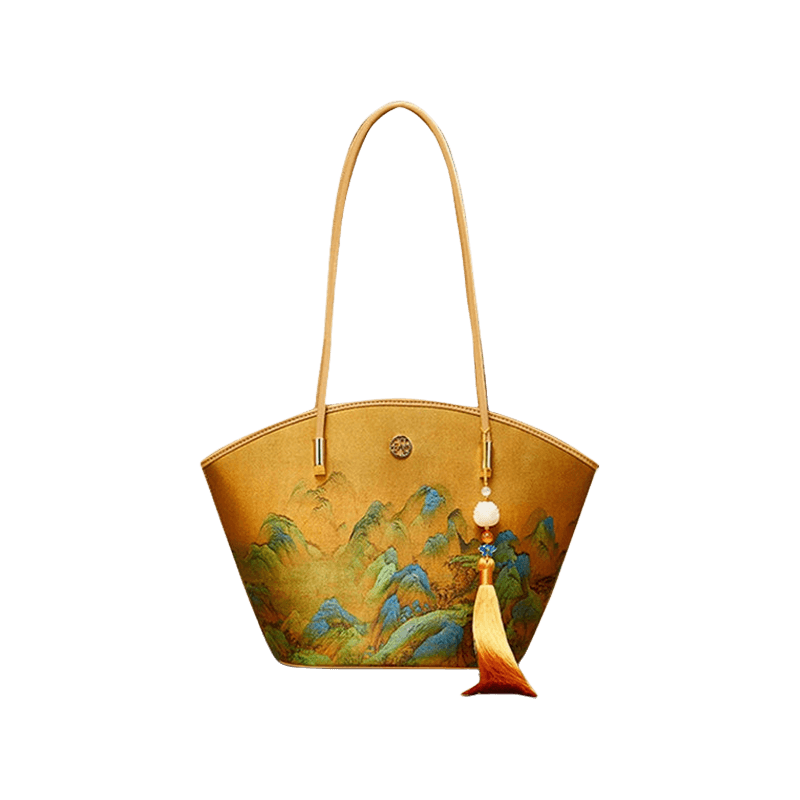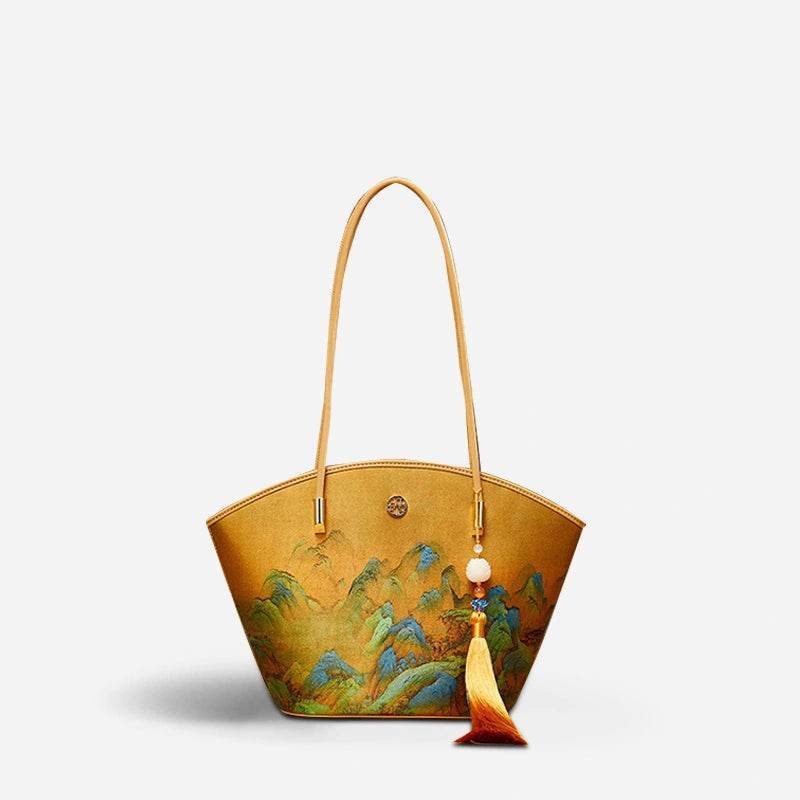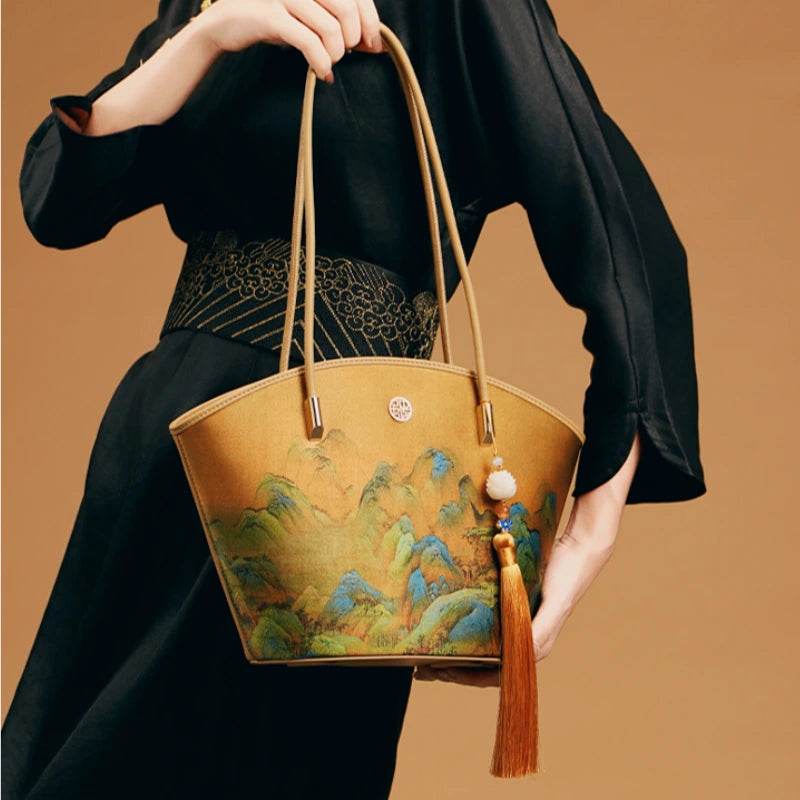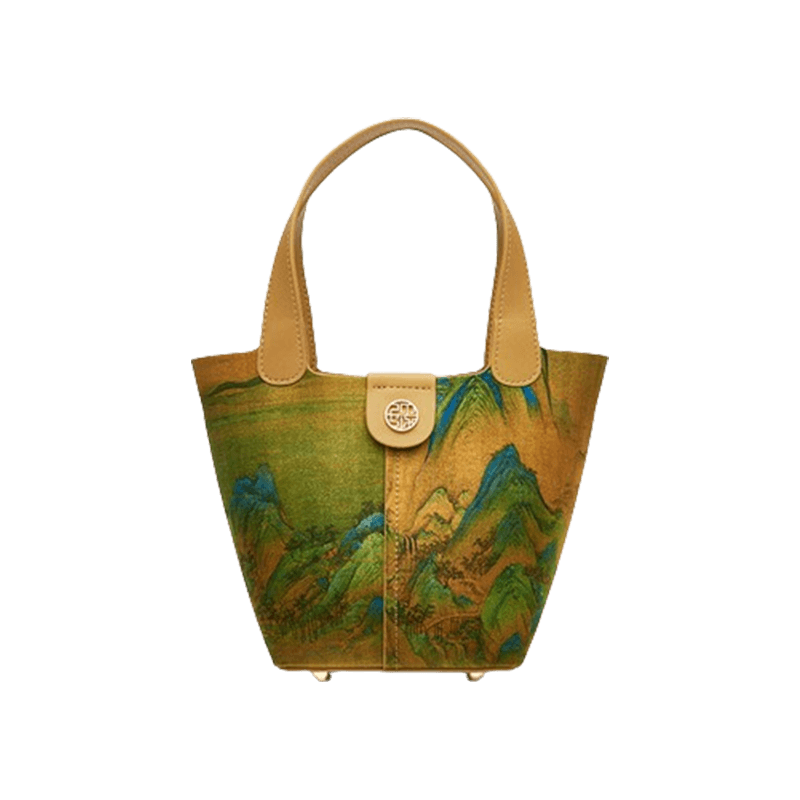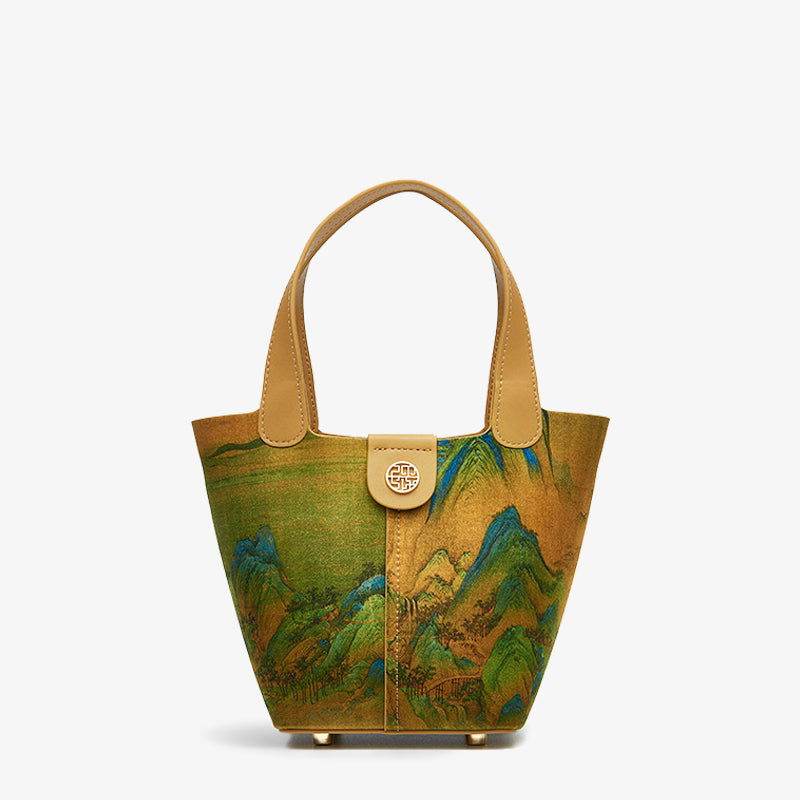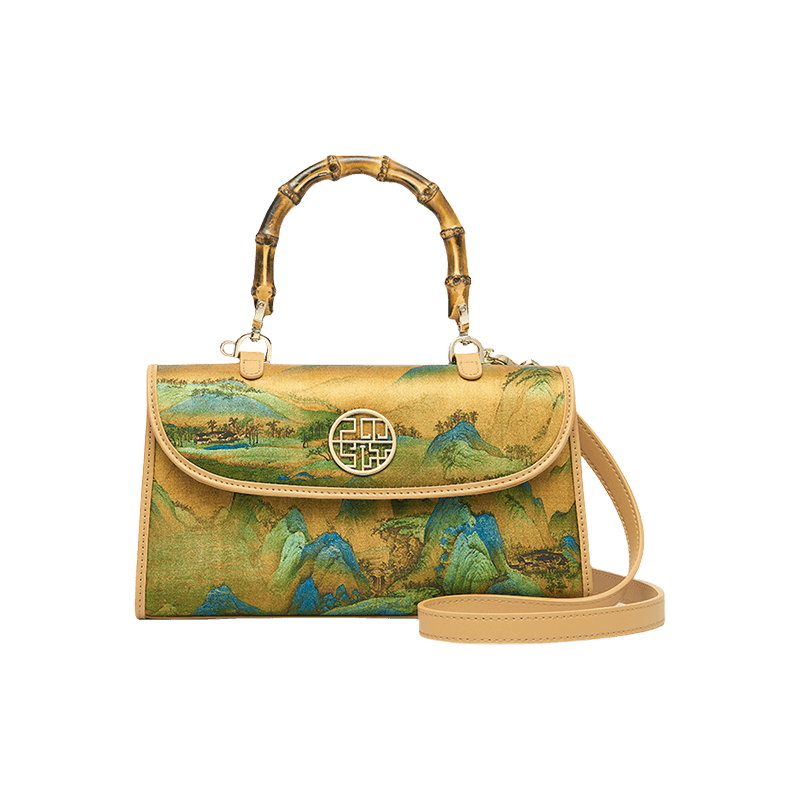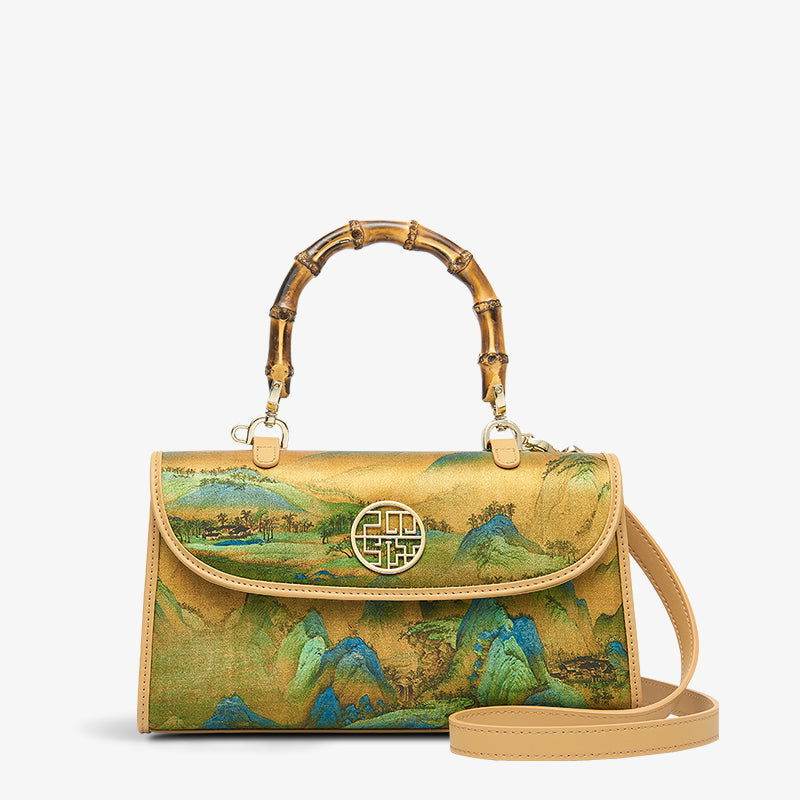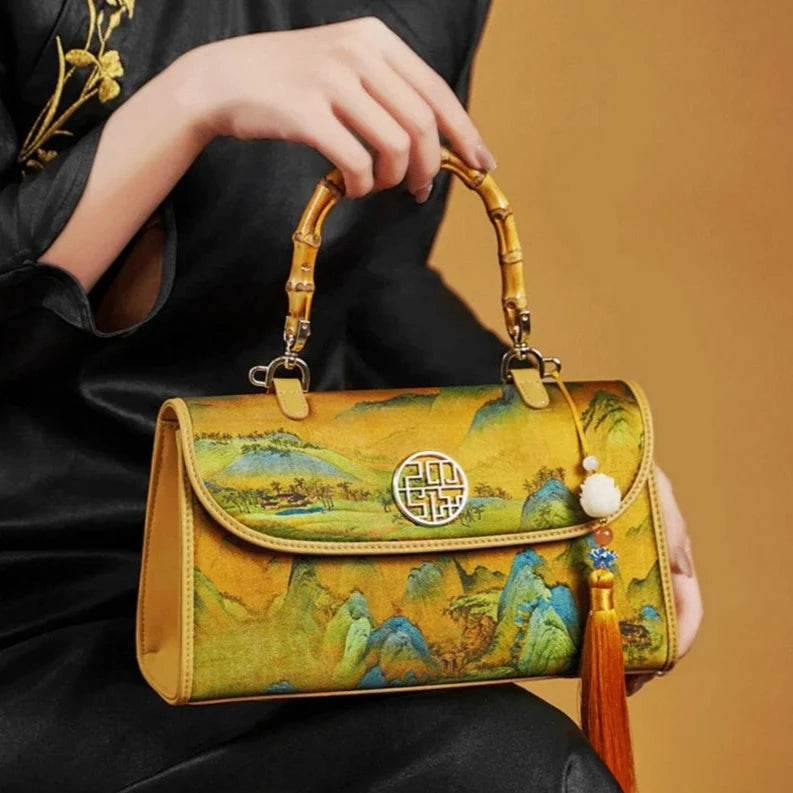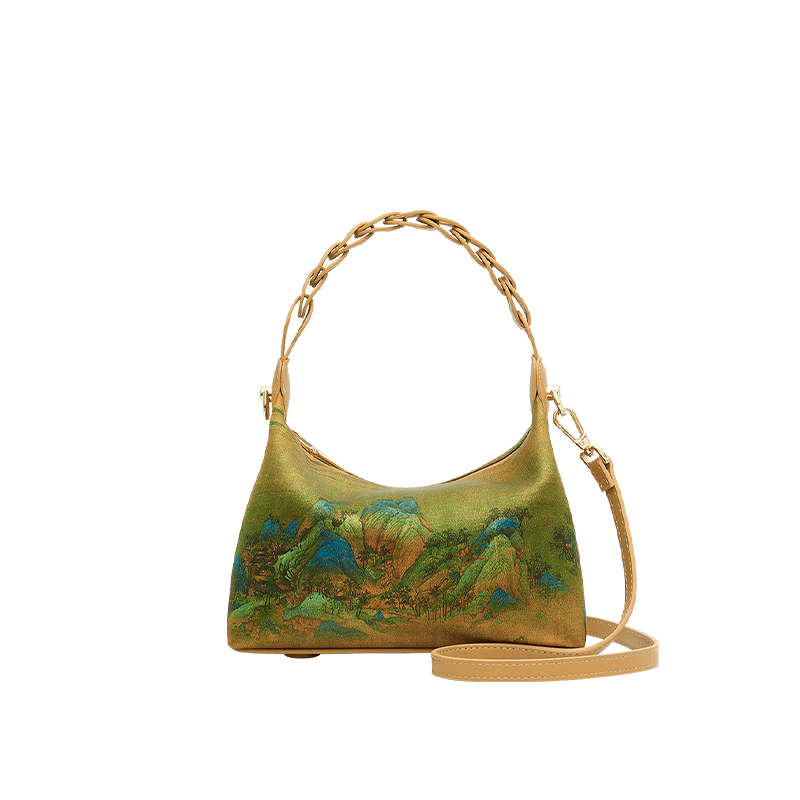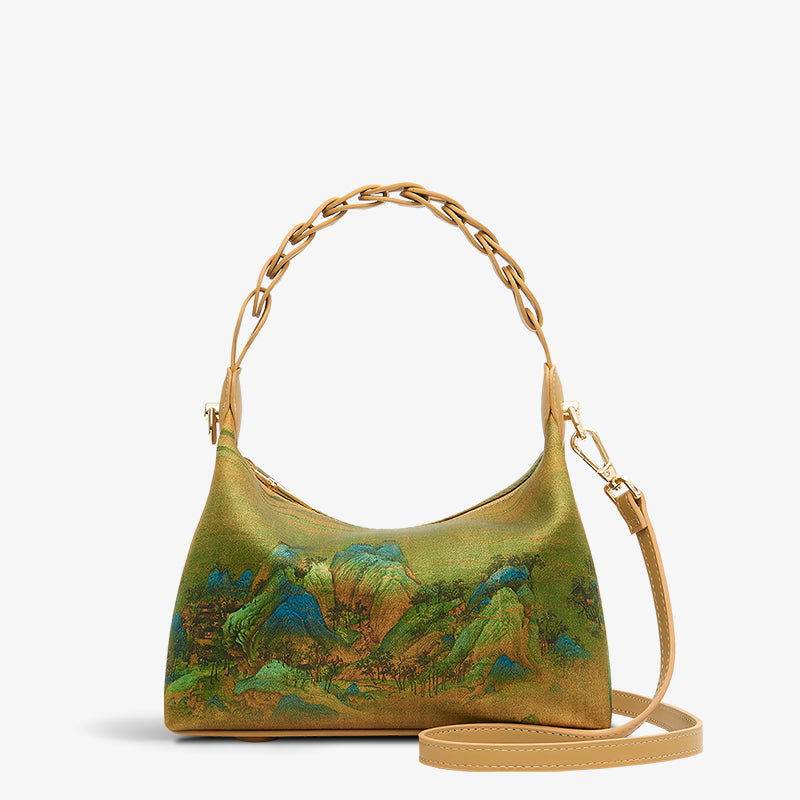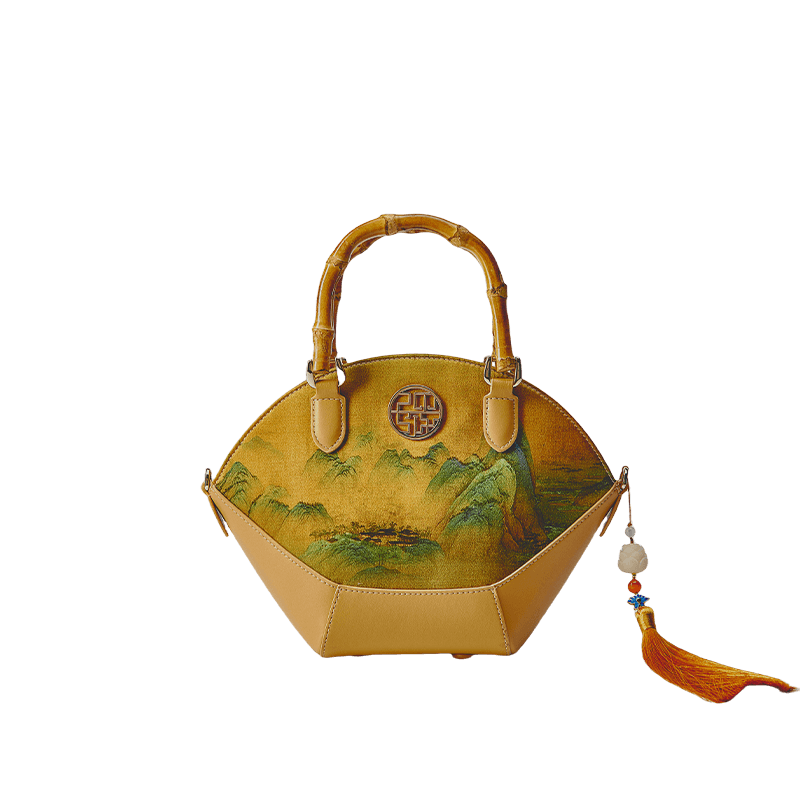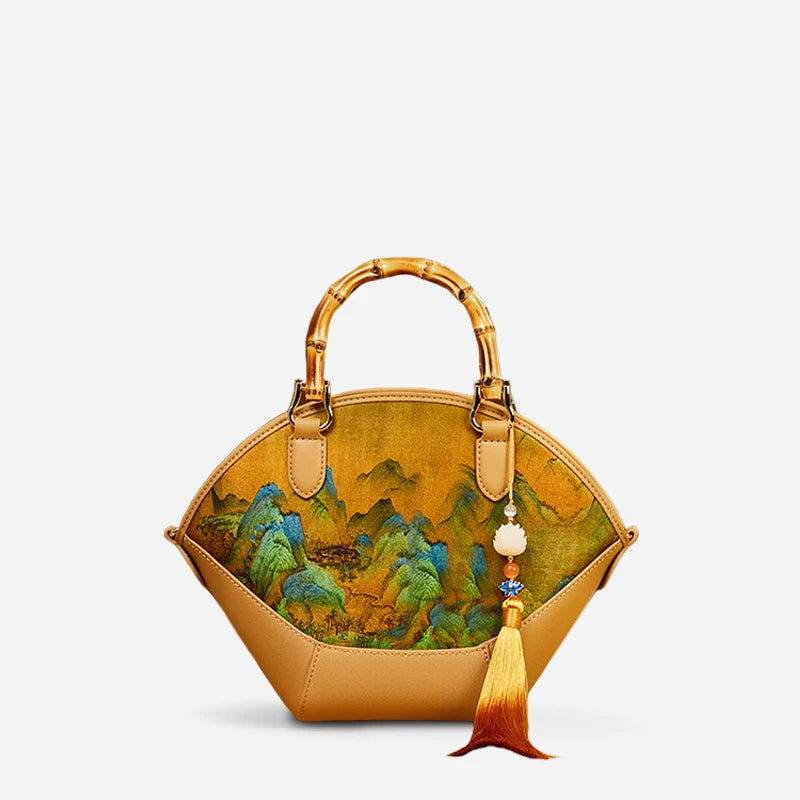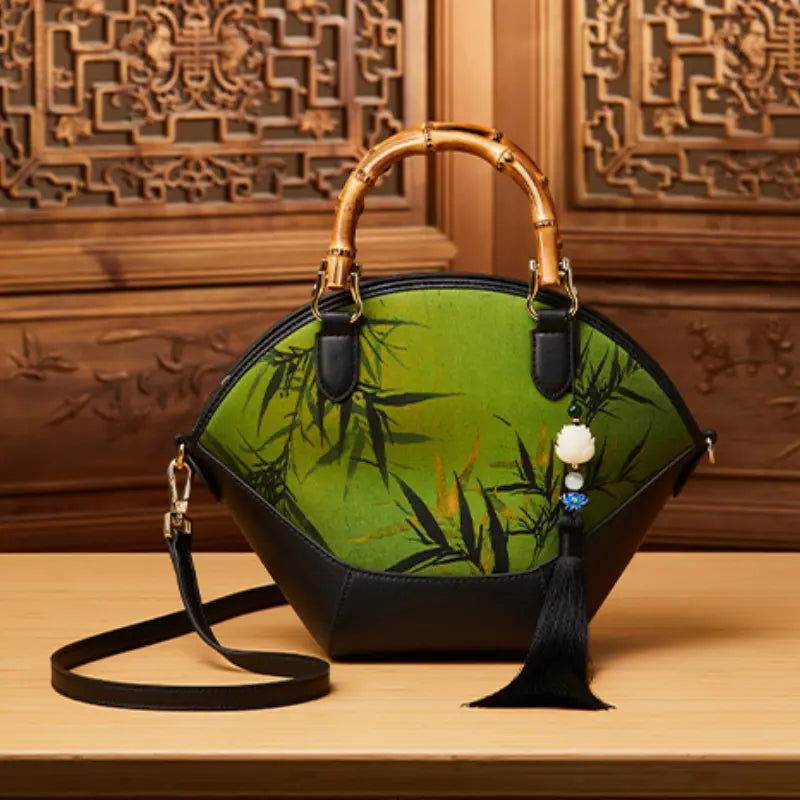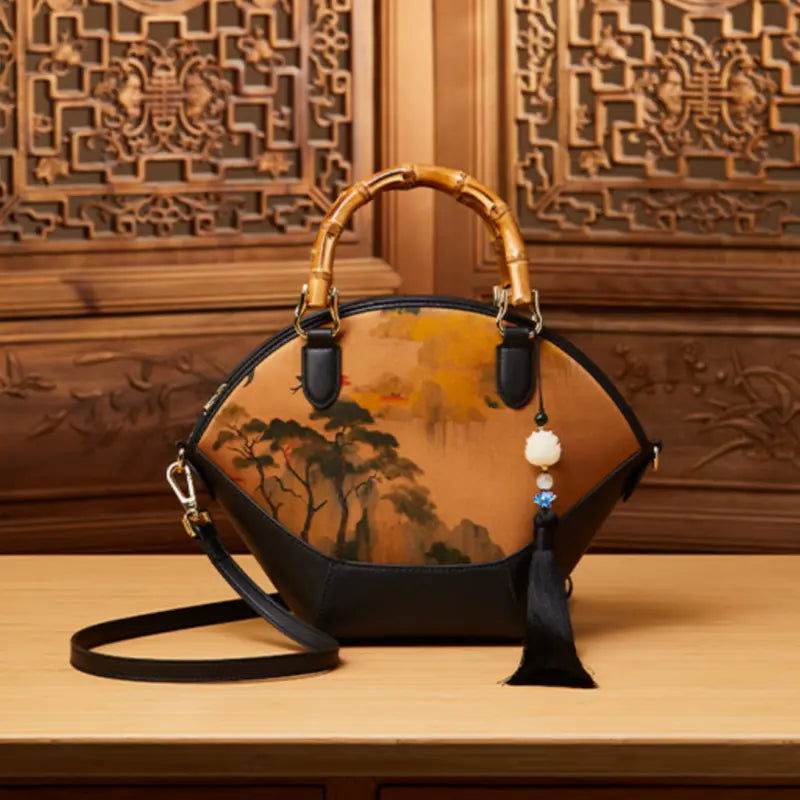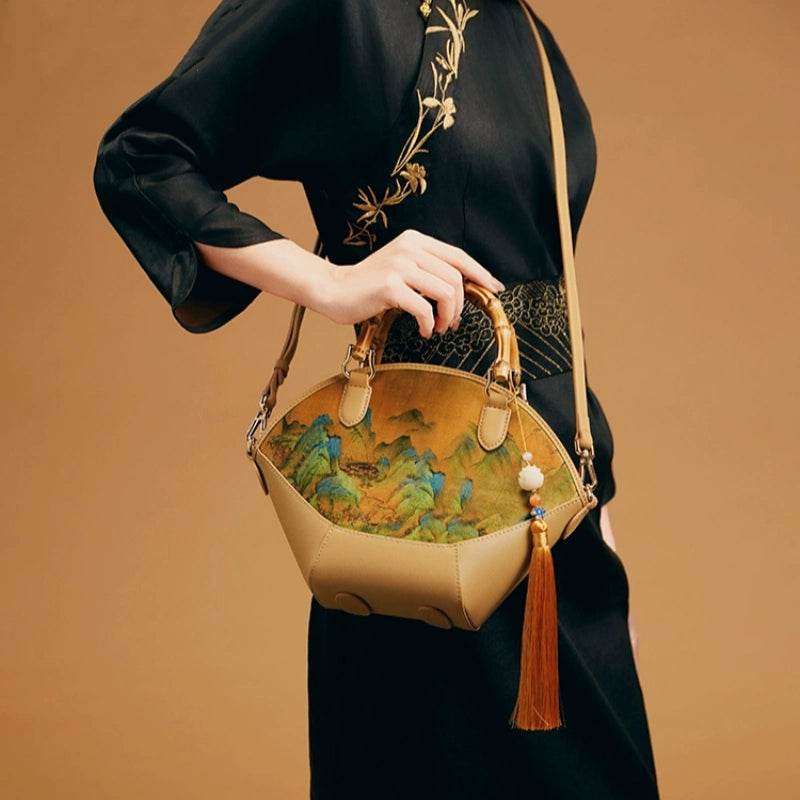When one speaks of silk, words like "soft" and "beautiful" come to mind. But there exists a type of silk that transcends fabric; it is a testament to history and the pinnacle of craftsmanship. This is Jili Lake Silk (辑里湖丝), the legendary handmade silk from Nanxun, China, revered for centuries as the finest silk in the world.
Why is Jili Lake Silk Considered the Best in the World?
The unparalleled quality of Jili Lake Silk is not magic, but a result of a perfect union between unique natural conditions and masterful craftsmanship.
1. The Secret of the Water & the Silkworm
-
Unique Water Quality: The rivers in Jili Village, fed by waters from the Tianmu Mountains, are rich in minerals. Local artisans developed a unique "sinking" process, where reeled silk was submerged in the river. This natural de-gumming and rinsing process enhanced the silk's luster, softness, and strength in a way that could not be replicated elsewhere.

-
Superior Silkworm Breed: Local farmers cultivated a special silkworm breed known as "Lotus Heart" (莲心种). These cocoons, though small, were incredibly dense and produced an exceptionally fine and uniform thread.

2. The Art of the Craft: Masterful Techniques
-
Low-Temperature Reeling: Unlike standard methods that used boiling water, Jili artisans used lukewarm water to reel the silk. This preserved the sericin (silk glue) and the integrity of the protein fiber, resulting in a thread of remarkable toughness.

-
Specialized Tools: The silk was passed through dozens of bamboo needles during the reeling process, ensuring the thread was perfectly round, smooth, and uniform, free from any slubs or imperfections.
This meticulous process resulted in a final product defined by eight legendary characteristics: Fine, Round, Uniform, Strong, White, Clean, Soft, and Tough (细、圆、匀、坚、白、净、柔、韧).

The History of Jili Lake Silk: From Royal Tribute to Global Fame
The Golden Age (Ming & Qing Dynasties)
This was the era when Jili Lake Silk became a global phenomenon.
-
Imperial Approval: By the Ming Dynasty, Jili Silk was designated as the exclusive raw material for the imperial court's robes and textiles, cementing its status as the "best under heaven."
-
Global Trade Dominance: As the Maritime Silk Road flourished, Jili Silk became the most sought-after Chinese commodity in Europe, earning the nickname "White Gold."

-
Crowning Achievement: In 1851, at the Great Exhibition in London (the first World's Fair), merchant Xu Rongcun's "Rong Ji" Jili Silk won a gold medal, personally awarded by Queen Victoria. This event made Jili Silk world-famous.

-
Birth of a Merchant Class: The immense profits from the silk trade created the legendary "Four Elephants" – four of the wealthiest families in modern Chinese history, whose opulent gardens and mansions still stand in Nanxun today.
The Decline & Revival
-
The Decline: In the late 19th and 20th centuries, the rise of machine-reeled silk from Japan, combined with the turmoil of war, led to the decline of this traditional handicraft industry.
-
The Revival: In the 21st century, the "traditional making technique of Jili Lake Silk" was listed as a National Intangible Cultural Heritage of China. Efforts began to preserve the craft, with artisans reviving ancient techniques for a new generation.

The Legacy of Jili Lake Silk in the Modern World
While no longer a mass-produced commodity, the spirit of Jili Lake Silk represents the ultimate pursuit of quality and the profound value of intangible heritage. It stands as a benchmark for craftsmanship, a reminder of a time when the work of human hands could create something so perfect it could capture the world's imagination.
This very spirit of honoring heritage and pursuing unparalleled quality is the cornerstone of the SinoCultural mission. We believe that, like Jili Lake Silk, the greatest treasures are those that carry a story, a history, and the soul of the artisan.
This article provides an in-depth look at the best silk of China. To understand their place within the broader tapestry of Chinese textiles, we invite you to read our 《Ultimate Guide to Chinese Luxury Textiles: Chinese Silk》
Frequently Asked Questions (FAQ)
Q1: Is Jili Lake Silk still produced today?
A1: Yes, but on a very small, artisanal scale. It is primarily produced by inheritors of the craft for cultural preservation, high-end cultural gifts, and as a luxury material for special projects, such as the ceremonial attire for the 2015 Milan Expo's China Pavilion.
Q2: What is the difference between Jili silk and regular mulberry silk?
A2: While both are mulberry silk, Jili Lake Silk is a specific, geographically protected type made with a unique silkworm breed, special water treatment, and masterful hand-reeling techniques. This results in a thread that is significantly finer, stronger, and more lustrous than standard silk.
Q3: How was Jili silk used historically?
A3: Due to its supreme quality and high cost, it was primarily used for the most luxurious textiles, including the dragon robes of emperors, high-level court attire, and the finest silk goods exported to Europe.
Q4: What does "Intangible Cultural Heritage" mean?
A4: It refers to practices, representations, expressions, knowledge, and skills that are recognized as part of a culture's heritage. Unlike monuments, it is a "living" heritage, passed down from generation to generation, like the traditional making technique of Jili Lake Silk.

